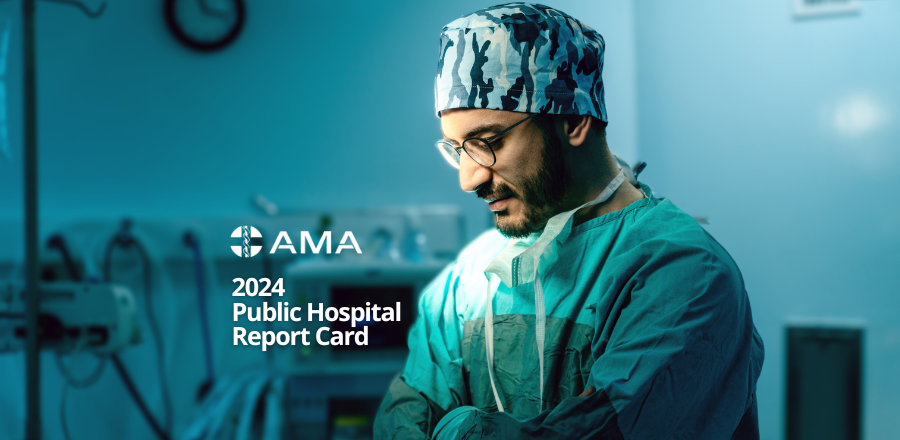
Noted Swiss statistician Stephen Senn once said ‘if you think that statistics has nothing to say about what you do or how you could do it better, then you are either wrong or in need of a more interesting job’.
For two Argentinian students about to complete their honours projects in statistics in Australia, ‘very interesting’ is the perfect way to describe what they see as an invaluable opportunity to travel halfway around the world to spend six months working in the grains industry.
Lucas Peitton and Eugenia Settecase are final year statistics students from the University of Rosario in Argentina.
They arrived in Toowoomba in July, as the first successful candidates in a Grains Research and Development Corporation (GRDC) investment with Queensland’s Department of Agriculture and Fisheries (DAF) that aims to develop international partnerships and build capacity in the growing field of statistics.
The students will be part of the elite team working on the Statistics for the Australian Grain Industry (SAGI) project.
SAGI is a long-term GRDC initiative designed to increase statistical competency among Australian grains industry stakeholders; enable the use of ‘best practice’ statistics for grains research; and improve cost-efficiency and industry confidence in research outcomes.
GRDC Enabling Technologies Officer John Rivers said the SAGI team had helped challenge why and how research was conducted, resulting in a more rigorous approach to trials, which had improved the integrity of results.
“SAGI’s role is really about making sure growers get the best bang for their buck from GRDC research and importantly ensuring they have confidence that they have access to real and reliable findings into different agronomic treatments or varieties,” he said.
“GRDC’s investments, like this one with the University of Rosario, are about building the enduring capacity of world-class biometricians in a way that will benefit the Australian grains industry.”
In Toowoomba the driving force behind this Argentinian connection are senior biometricians Gabriela Borgognone and Valeria Paccapelo.
As graduates of the University of Rosario they were keen to give something back to their alma mater, as well as build linkages and offer opportunities to soon-to-graduate statisticians.
“It was about opening doors for collaboration. The University of Rosario offers a very comprehensive statistics syllabus and Australian agriculture, like the rest of the world, needs well qualified biometricians so it seemed an important connection to develop” Ms Borgognone said.
A specialist statistician, she came from a farming background and worked for the Argentinian Department of Agriculture after graduating, before completing her Masters’ Degree at Iowa State University in the United States and moving to Australia.
“I wanted to work in agriculture. A job came up in Australia in 2003 and I have been here ever since mainly in plant improvement programs.”
While she said Australia and Argentina were different in many ways, from an agricultural perspective there were similarities with both countries growing broad acre crops.
Valeria Paccapelo also studied statistics at the National University of Rosario before working in the private sector for international organisations, like Pacific Seeds and then Monsanto. She came to Toowoomba in 2016 and has been part of the SAGI team ever since.
“I wanted to give something back to the university that afforded me such a great start to my career. I also wanted to be part of building students’ understanding and experience in biometrics, as well as creating links between organisations like my current employer, DAF and Argentina”, she said.
“Statistics is my passion. Being part of this project is important to me, because I see it as a way of getting people who are very well trained in a broad spectrum of statistics into Australian agriculture. I would like to see more students coming here to do their honours projects on work that is valuable to grain growers.”
Ms Paccapelo and Ms Borgognone said traditionally there was a shortage of qualified statisticians in Australian agriculture, and indeed globally, because many were drawn to careers with pharmaceutical and insurance companies which offered ‘triple the salaries and opportunities to work in big cities’.








